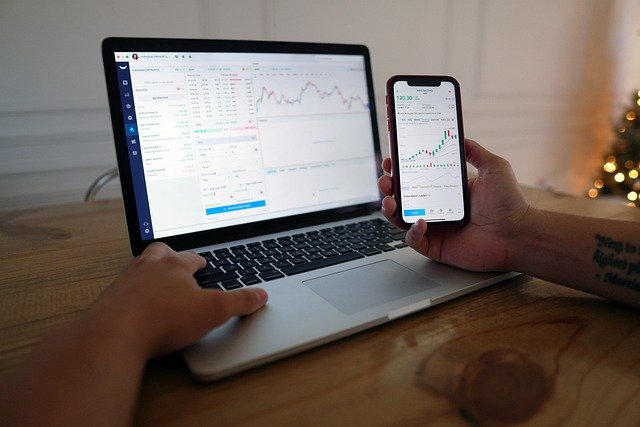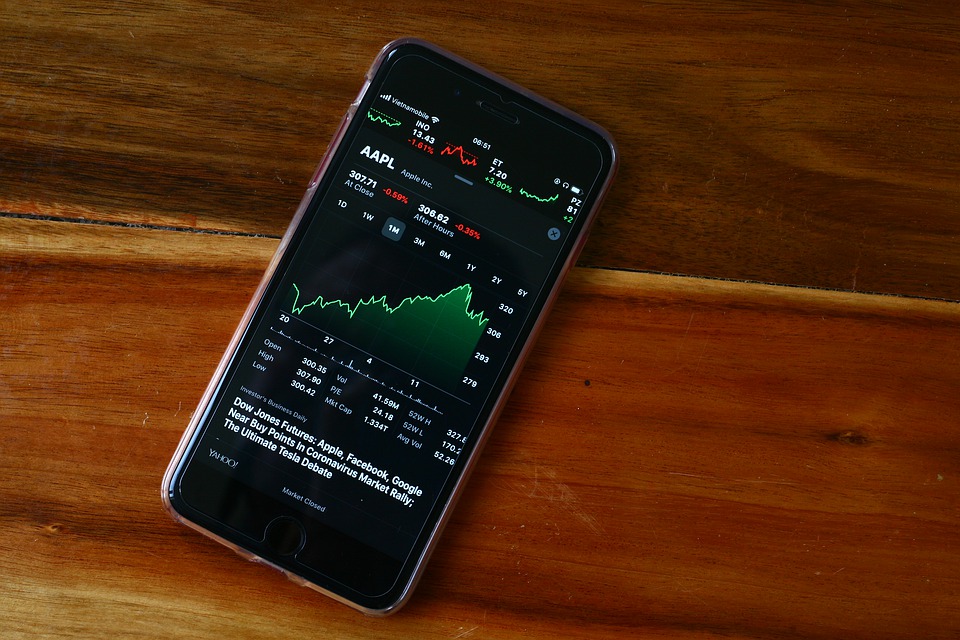 Daytraden has grown enormously in popularity in recent years. We are all familiar with the stories of Japanese gamers sitting at their computers for days on end and making money. Not with gaming, but with daytrading. Daytrading is a short term trading form in which the trader opens and closes several positions within a day, this latest trading form became really populair with a lot of corredores de bolsa en Argentina.
Daytraden has grown enormously in popularity in recent years. We are all familiar with the stories of Japanese gamers sitting at their computers for days on end and making money. Not with gaming, but with daytrading. Daytrading is a short term trading form in which the trader opens and closes several positions within a day, this latest trading form became really populair with a lot of corredores de bolsa en Argentina.
Day Trading for Dummies tip #1: Choose your marker.
There are literally thousands of markets and instruments available for online trading. While it may seem interesting to trade an obscure ETF that, for example, follows the house price of a remote village in Taiwan, it is certainly not ideal for the active day trader. Day Trading for dummies #1: Choose a market that has sufficient liquidity. Day trading involves opening and closing trades within the trading day. For this activity to be profitable, the price movements on the chosen market will need to be large enough.
So which markets are best suited for day trading? Let’s see …
The currency market is the most common choice for both novice and professional day traders. With a daily trading volume of over $5.5 trillion, the Forex market is the most liquid financial market in the world. The currency market is also active 24/5. A specific Day Trading for Dummies tip? Start on the Forex market. The extraordinarily large participation means that the market shows sufficient volatility at any time of the day, on any timeframe, to be able to benefit from sound price movements. So as a starter trying to find his own trading style, you won’t be limited by the practical limitations that some other instruments have.
The stock market also lends itself very well to active day trading. However, there are big differences in trading activity during the different trading sessions. Participation per index or share can also vary considerably. Overall, we see the most volatility during the American and European trading session. Trading during these periods is the best starting point for beginning traders and a good day trading for dummies advice. In addition, it is best to focus on the well-known indices such as the NASDAQ, S&P or the DAX30. Iconic investor Warren Buffett advises you to trade what you know. Apple, Google or Netflix are not only indispensable in your daily life, they should also not be missing in the portfolio of the beginning stock day trader.

Day Trading for Dummies tip #2: Choose your ‘Timeframe
Daytraders can choose from different time frames. The most popular timeframes are:
D1 daily chart
H4 4-hour chart
H1 1-hour graph
M30 30 minute chart
M15 15 minute chart
M5 5-minute chart
M1 1-minute chart
A specific day trading for dummies tip is to start on a higher timeframe. Choose for example the H1 chart. In this timeframe a new bar is formed every hour. In principle you only have to check your chart once an hour, especially when using brokers in Mexico we would like to advice you to do research in their trading platform.
Among the various trading forms, day trading is absolute top sport. Given the relatively short time frames and the large number of trades, day trading requires time and the necessary concentration. As with Usain Bolt or any other professional athlete, you cannot be in top form all the time.
Do you opt for the M15, M5 or M1 chart? Then limit your trading activities to a maximum of 2 to 3 hours per day. Regardless of the market or instrument chosen, volatility is generally highest in the first hours of the trading session. It may sound like a constraint to the enthusiastic novice day trader, but in practice it means that you will be more focused. Day trading requires supreme concentration, it is practically impossible to sustain this for more than a few hours a day.


